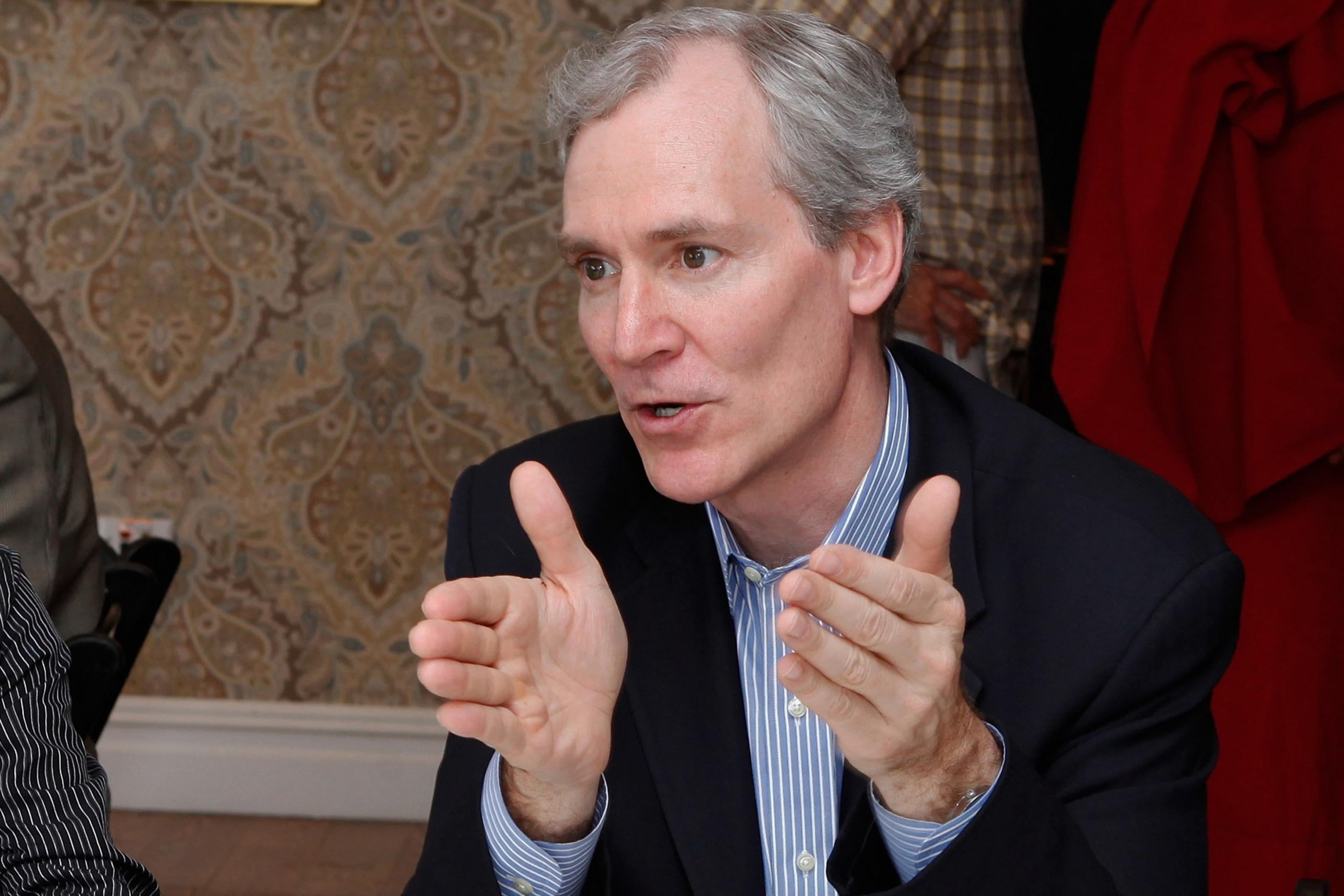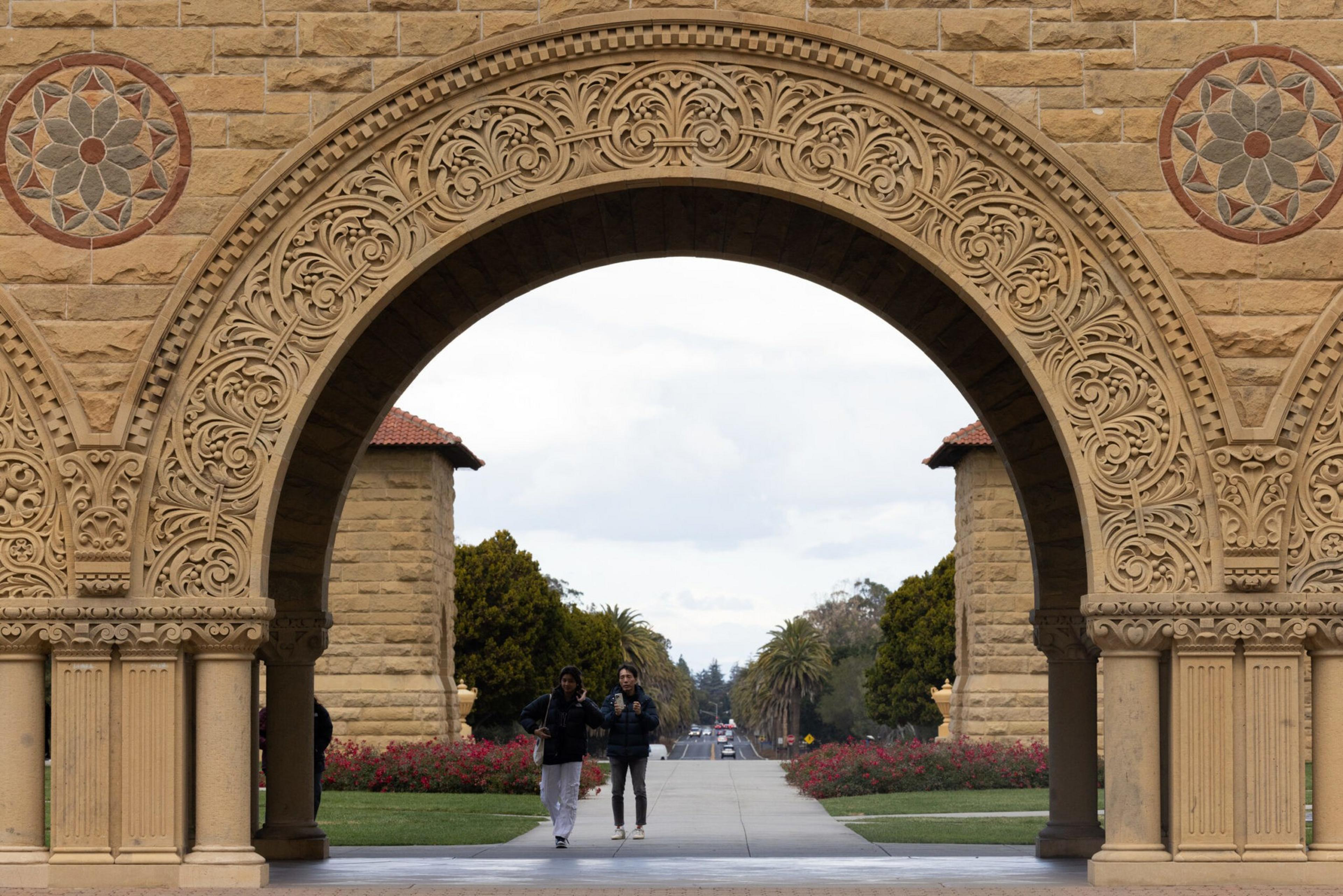Everything appears to be going wrong at Stanford University these days.
In November, a man fell through the ceiling (opens in new tab) of a grad student’s apartment. The school’s quirky marching band got a slap on the wrist after parodying Mormon culture (opens in new tab) during a halftime show. Stanford’s winningest football coach stepped down (opens in new tab) and students allege that the administration has waged a War on Fun (opens in new tab).
Those are the typical headlines you’d expect to see in a college newspaper (opens in new tab). But in recent months, Stanford has been rocked by a near-endless deluge of serious controversies that have flung the elite school—and its reputation—onto the national stage. Here’s a recap of the university’s recent troubles:
Student Deaths: Stanford is currently on the receiving end of two lawsuits (opens in new tab) related to student deaths (opens in new tab). The suits concern Stanford’s handling of student mental health and drug use in fraternities.
Imposters on Campus: Two imposters have been caught squatting (opens in new tab) and lurking in student dorms (opens in new tab). One imposter posed as a Stanford undergraduate for a year, and the University apparently knew the entire time.
President in Crisis: Most seriously, Stanford’s President Marc Tessier-Lavigne is now under investigation (opens in new tab) for academic dishonesty, following a bombshell report (opens in new tab) by The Stanford Daily. The allegations state that Tessier-Lavigne may have altered multiple images in some of his most cited work in neurobiology. Some of his peers at Stanford are calling for his resignation (opens in new tab).

Discrimination Allegation: A suit filed by an alumnus claims that the school engages in anti-male discrimination (opens in new tab), citing student groups and programs geared towards women. The suit claims that there are 27 Stanford programs that violate Title IX.
FTX Fallout: The cryptocurrency world also has its eyes on Stanford Law School, where disgraced FTX founder Sam Bankman-Fried’s parents and legal advisors all teach. SBF’s upbringing on Stanford’s campus means the school and its Silicon Valley ties are implicated in the story of his crypto empire’s epic rise and fall.
These controversies have garnered significant local and national attention, begging the question of why anyone outside of the Stanford-Bay Area bubble even cares in the first place.
Silicon Valley’s Feeder School
Bankman-Fried, now known as SBF, did not attend Stanford University. Nonetheless, his upbringing as the child of two Stanford professors meant that the campus served as his childhood stomping grounds and its alumni became the architects who helped him construct his failed crypto empire, FTX.
SBF’s ties to Stanford are but one representation of the overlap between the college’s circles and Silicon Valley—the very link that feeds the tech industry with new programming and entrepreneurial talent, and which has turned Stanford into its de facto training ground.
With top majors (opens in new tab) like computer science and economics, the university’s tech and business specialties mean it has spawned startup founders and cofounders that built some of the biggest names in business today: Google, Snapchat, Netflix, SpaceX, Instagram and even longtime household names like HP, Nike, Gap and Trader Joe’s.

Stanford’s contributions to tech education have had a massive economic impact on the San Francisco Bay Area and California as a whole.
A 2011 study found (opens in new tab) that Stanford and its alumni companies create roughly $2.7 trillion in revenue annually and that if the firms founded by alumni were a country, its economy would be the world’s 10th largest. The same report says roughly one-third of alumni report have held positions as an investor, early board member or founder of a startup.
Especially within the Bay Area, a large portion of local companies hold a Stanford connection. Nearly 40% of alumni-founded firms were located within an hour’s drive of campus in 2011, and about 18,000 Stanford-founded firms had their headquarters in California.
Put simply, Stanford is synonymous with Silicon Valley’s success.
A Bellwether for Tech’s Rise and Fall
Stanford’s involvement with Silicon Valley has granted it access to industrial and political power that has, in many ways, helped the school transcend its status as an academic institution alone. Many now see it as a bellwether for all things good and bad in the Wild West of tech.
“Stanford occupies a unique place in Silicon Valley. It’s right at the center of entrepreneurship and technology and things that have become such an important chapter in the American pop culture scene,” said Theo Baker, a Stanford freshman and reporter at the school’s newspaper.
“Whenever something happens at the university that’s newsworthy, it turns into a story not just about a school, but about Silicon Valley itself,” Baker said.

When FTX collapsed in November, Stanford began trending in the news again. Readers devoured articles about SBF and his private Bay Area education, his professor parents and the network of Silicon Valley execs who gave him his break in the world of crypto.
That fascination with SBF could stem from the fact that the crypto founder originated from a Silicon Valley and Stanford-cultivated ethos that encouraged the type of fast-paced, tech- and entrepreneurship-forward thinking that promised to do good in the world.
But this boom-and-bust industry also gave many founders the hubris and Machiavellian mindset that resulted in the early 2000s dot-com crash and, now, SBF’s epic fall from grace.
Tech commentators today say (opens in new tab) it may have been SBF’s near-ruthless (opens in new tab) dedication to “effective altruism” that undergirded his increasingly risky business decisions. But this trendy philosophy never originated with the Bay Area native, and was instead championed among Stanford circles and with many young techies.
Once again, it all comes back to Stanford.
Bankman-Fried is just the latest in a long line of founders seduced by Silicon Valley’s vision of the greater good and promise of riches—the 2022 personification of the Stanford philosophies and network that made him, and thousands before him.
Stanford University did not respond to The Standard’s request for comment.
